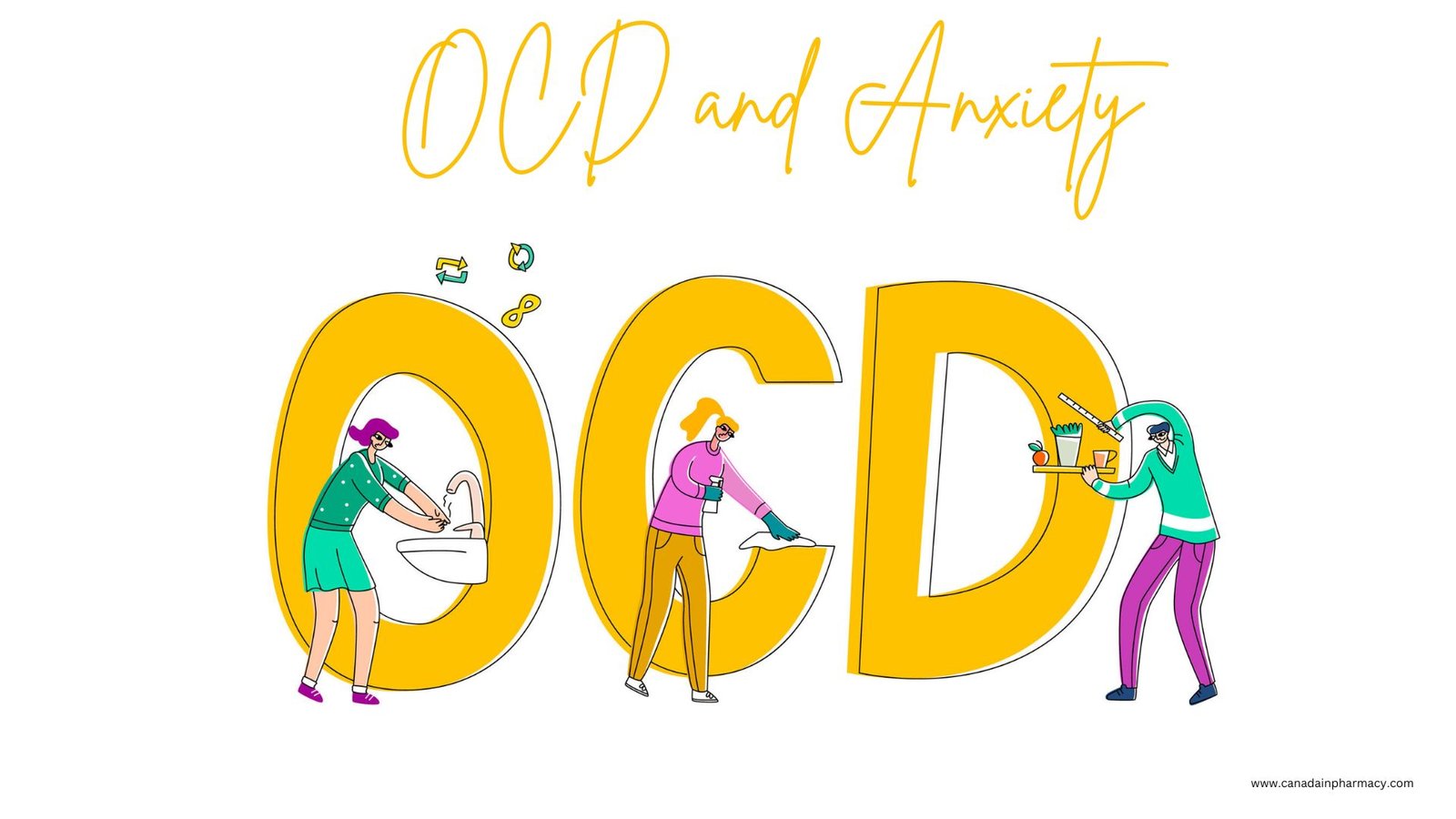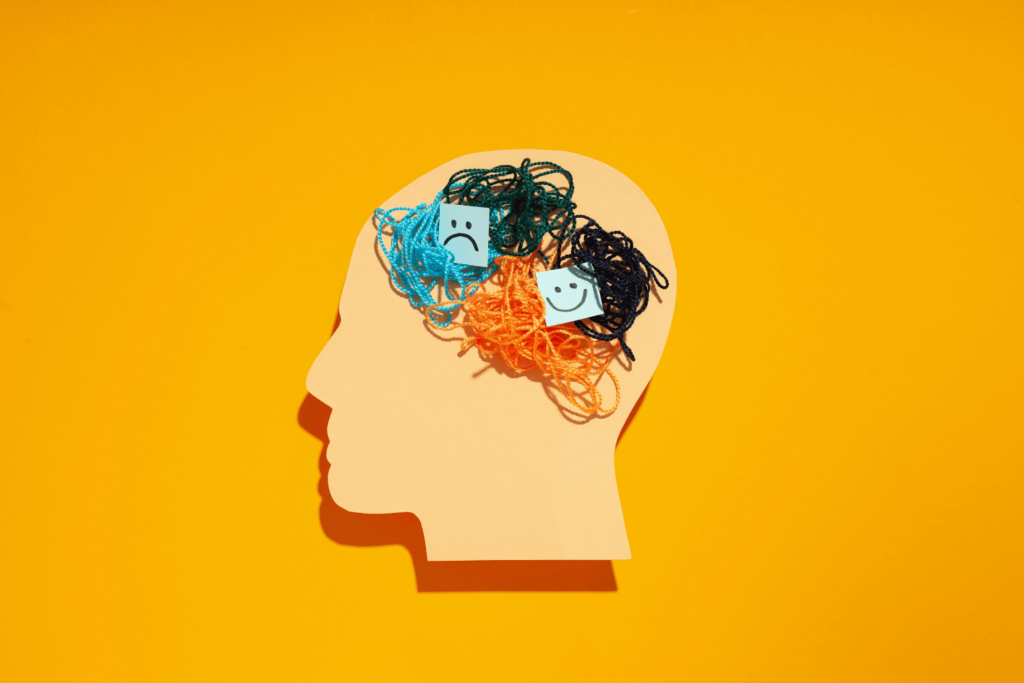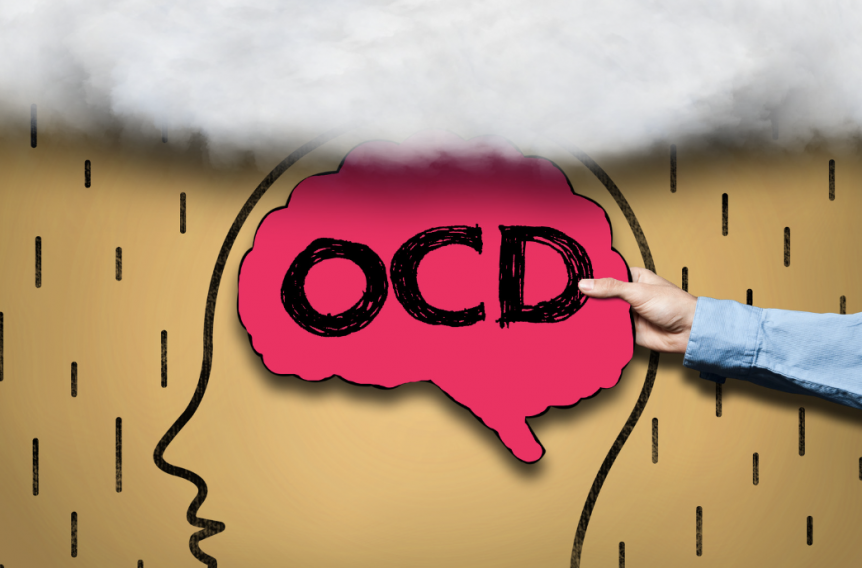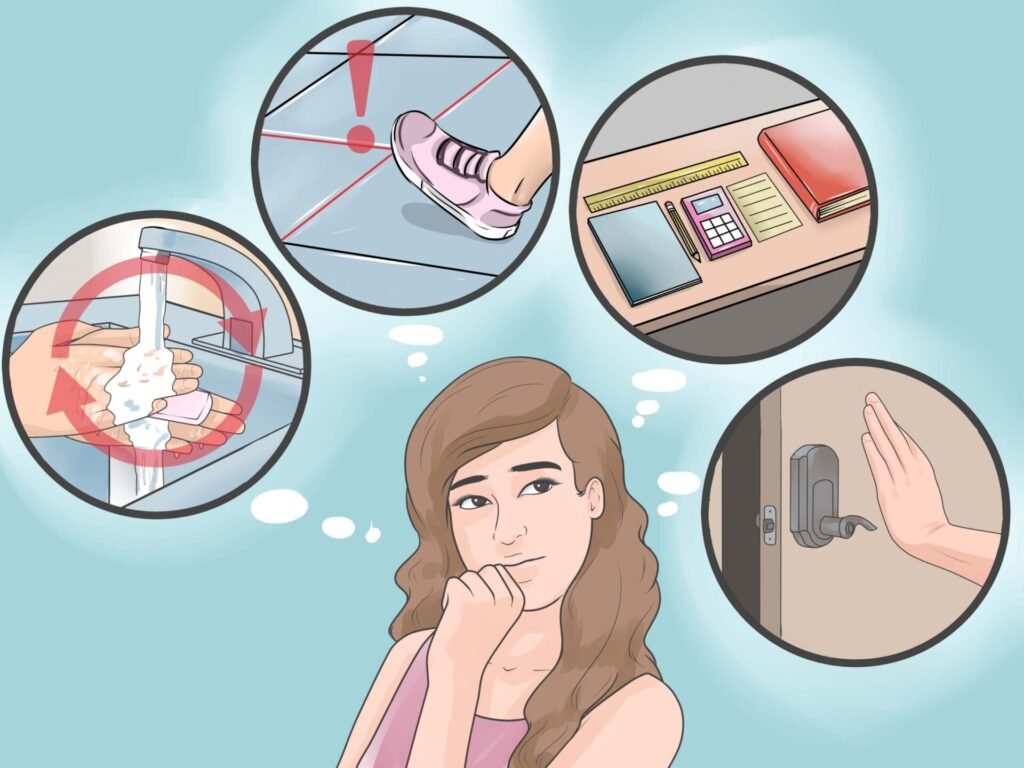
Obsessive-Compulsive Disorder (OCD) and Anxiety: Are They Connected?
Obsessive-Compulsive Disorder (OCD) and Anxiety: Are They Connected?
Obsessive-Compulsive Disorder (OCD) and anxiety are often mentioned in the same breath, and for good reason. Both conditions can be overwhelming, affecting daily life, thoughts, and behaviors. But what exactly is the connection between OCD and anxiety? Are they the same thing, or are they distinct disorders with overlapping symptoms?
It is a natural response to feeling anxious or threatened. It can take different forms-excessive worry, restlessness, and racing heart, sweating, or shortness of breath-though anxiety disorders are not in themselves diagnosable medical conditions. An anxiety disorder, rather, is a disorder of excessive worry that is disruptive and pervasive, not just occasional.
OCD, on the other hand, involves persistent, intrusive thoughts called obsessions. These create distress and lead to compulsive behaviors that are meant to reduce that distress. Unlike generalized anxiety that often arises from real-life concerns, OCDs tend to be more irrational and exaggerated, which makes them harder to control.
Despite their differences, OCD and anxiety disorders share many similarities, including their neurological basis, treatment methods, and the emotional toll they take on those affected. Understanding the link between them can help individuals seek the right treatment and support.
Understanding Anxiety
Anxiety is a natural response when the brain detects a potential danger. It acts as a survival mechanism that assists in the fight against danger through increased alertness, heart rate, and adrenaline levels. When anxiety becomes too much, persists, or is uncontrollable, it interferes with daily life and leads to an anxiety disorder.
There are several types of anxiety disorders, including:
a. Generalized Anxiety Disorder (GAD): Persistent worry about various things in life, including work, health, or relationships.
b. Panic Disorder: Sudden and recurring episodes of intense fear, often considered to have physical manifestations, for example chest pain, dizziness, or shortness of breath.
c. Social Anxiety Disorder: Extreme fear of social interactions and situations with avoidance behavior.
d. Phobias: Intense fear of specific objects or situations, such as heights, flying, or enclosed spaces.

Common symptoms of anxiety include:
- Worry or fear that is persistent
- Difficulty concentrating
- Sleep disturbances
- Muscle tension and fatigue
- Rapid heartbeat and difficulty breathing
- Irritability and restlessness
When anxiety becomes chronic, it can severely impact mental and physical well-being. Understanding anxiety and its symptoms is crucial in seeking appropriate treatment and support.
What is OCD?
Obsessive-Compulsive Disorder (OCD) is a chronic mental health condition characterized by two main components: obsessions and compulsions.
Obsessions are intrusive, unwanted thoughts, images, or urges that produce distress or anxiety. Such obsessions may center on fear of contamination, causing harm, or symmetry and cannot be easily suppressed.
Compulsions are compulsive, repeated behaviors or mental rituals intended to reduce the anxiety associated with obsession. Such actions may involve overcleaning, checking, counting, or repetition of phrases.
Unlike general anxiety, which is often based on real-life stressors, OCD thoughts are usually irrational and exaggerated. However, the individual feels compelled to act on them to relieve distress, creating a vicious cycle of obsessive thinking and compulsive behaviors.

Some common examples of OCD symptoms include:
a. Repeatedly washing hands or sanitizing due to fear of germs.
b. Checking doors, locks, or appliances multiple times to prevent harm.
c. Rearranging objects in an “exact” way for things to feel “just so”.
d. Repeating prayers, words, or numbers in one’s mind to prevent “bad” things
from happening.
OCD can be very debilitating and time consuming and disrupt daily life,
work, and personal relationships. Knowing the symptoms and getting the proper
treatment is necessary to help manage the disorder.

The Relationship of OCD to Anxiety
Obsessive-Compulsive Disorder (OCD) is closely linked to anxiety, as it is driven by intrusive thoughts (obsessions) that cause distress and lead to repetitive behaviors (compulsions) aimed at reducing that anxiety. While anxiety disorders involve excessive worry and fear, OCD manifests through ritualistic actions intended to relieve uncertainty and discomfort. Both conditions share overlapping symptoms, including heightened stress responses and difficulty controlling anxious thoughts. Effective treatments, such as cognitive-behavioral therapy (CBT) and medication, target these underlying anxieties to help manage OCD symptoms.
1. OCD was Once Labeled as an Anxiety Disorder
Obsessive-compulsive disorder was also thought to be an anxiety disorder because the stress from obsessions is very severe and leads to a high anxiety level. Recently, however, OCD was included in its category: Obsessive-Compulsive and Related Disorders, which is part of the DSM-5 (Diagnostic and Statistical Manual of Mental Disorders, Fifth Edition). Although its classification has been changed, OCD is still somehow related to anxiety.
2. Anxiety Drives OCD Behaviors
OCD subjects experience severe anxiety caused by obsessions. The only way they can reduce such anxiety is by performing compulsive acts. Such acts may momentarily reduce the level of anxiety, but they only perpetuate the obsessive-compulsive cycle, worsening the anxiety.
3. Analogous Brain Activity in Anxiety and OCD
Neuroscientific research has shown that both OCD and anxiety disorders involve overactivity in brain regions responsible for fear processing and emotional regulation, particularly the amygdala, prefrontal cortex, and basal ganglia. This neurological overlap suggests a deep connection between the two conditions.
4. Co-Occurrence is Common
It’s not uncommon for a person with OCD to also have another anxiety disorder. Studies have shown that 75% of those who suffer from OCD have had some time in their lives experiencing generalized anxiety disorder, panic disorder, or social anxiety disorder.
Differences Between OCD vs Generalized Anxiety
Even though OCD and anxiety disorders have much in common, they also differ in other areas:
a. Obsessions vs. General Worries: Anxiety disorders include persistent worries about real-life issues (e.g., finances, work, relationships), whereas OCD includes irrational, intrusive thoughts that feel uncontrollable.
b. Compulsions vs. Avoidance: In anxiety disorders, people tend to avoid stressors (e.g., avoidance of social situations in social anxiety disorder). In OCD, people feel compelled to perform ritualistic behaviors to neutralize distress.
c. Sense of Control: Individuals with OCD realize how nonsensical their thoughts and behaviors are but feel unable to halt them, putting them outside normal experience. People with anxiety disorders tend to believe that their fears are more realistic.
Treatment for OCD and Anxiety
Fortunately, both OCD and anxiety disorders are treatable. Common treatment approaches include:
1. Cognitive-Behavioral Therapy (CBT)
The key benefit of CBT is helping patients overcome their negative thought patterns. Exposure and Response Prevention, a form of CBT, is also known to be helpful in OCD, where it slowly exposes patients to their fears but prevents the urge to do the compulsive behaviors.
2. Medication
SSRIs such as fluoxetine, sertraline, and fluvoxamine are the commonly used medications for OCD and anxiety disorders. SSRIs work on increasing serotonin levels in the brain that eventually leads to the decrease of symptoms.
3. Mindfulness and Stress-Reduction Techniques
Mindfulness, deep breathing, and meditation can help individuals control anxiety and prevent compulsions by making them more aware and in control.
4. Lifestyle Changes
Exercise, a healthy diet, and adequate sleep are crucial in reducing symptoms of OCD and anxiety. Caffeine and alcohol should be avoided to stabilize mood and anxiety levels.
Final Thoughts
While OCD and anxiety disorders are separate conditions, they are highly interrelated. Anxiety is central to the maintenance of OCD symptoms, and most people have both conditions at the same time. A better understanding of these conditions can lead to better quality of life through proper treatment.
If you or someone you know suffers from OCD or anxiety, consulting a mental health professional is the best step toward managing symptoms and regaining control. With the right support, coping strategies, and treatment, it is possible to lead a fulfilling and balanced life despite these challenges.
